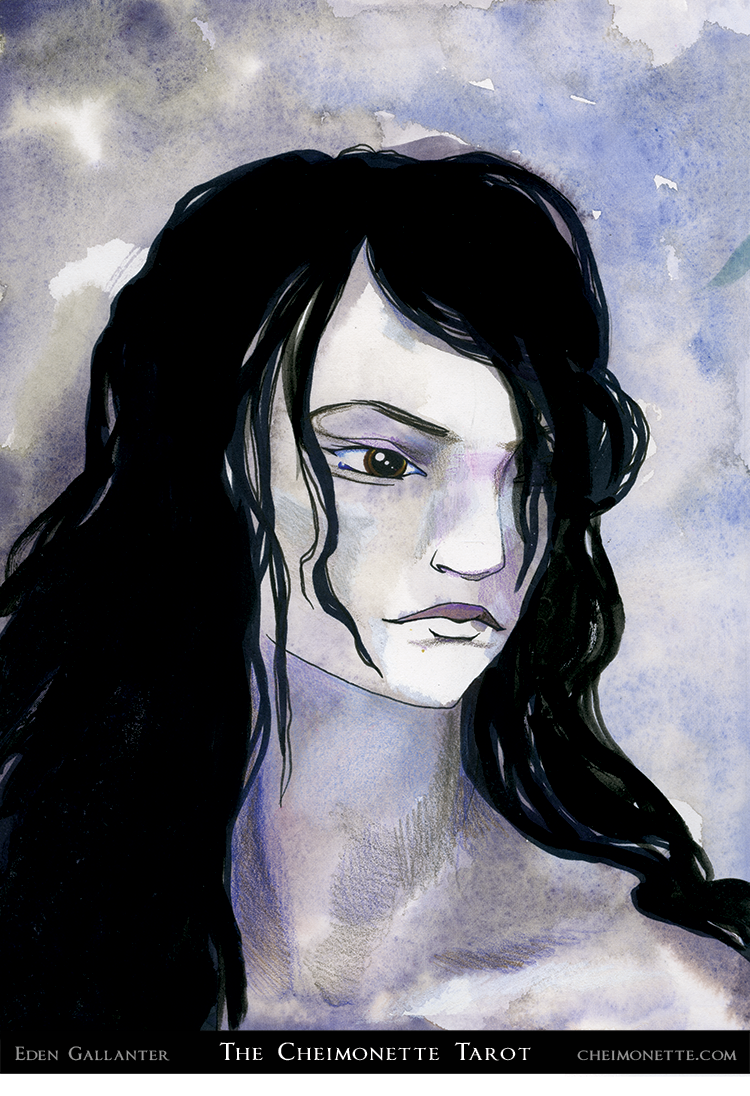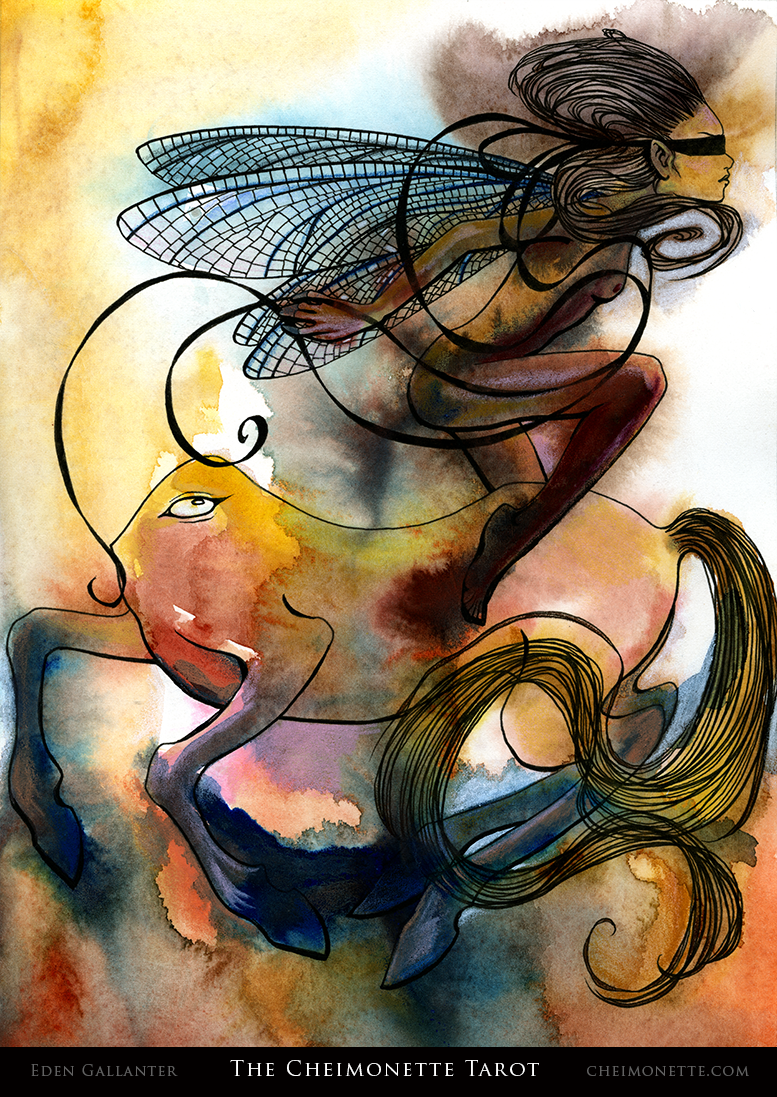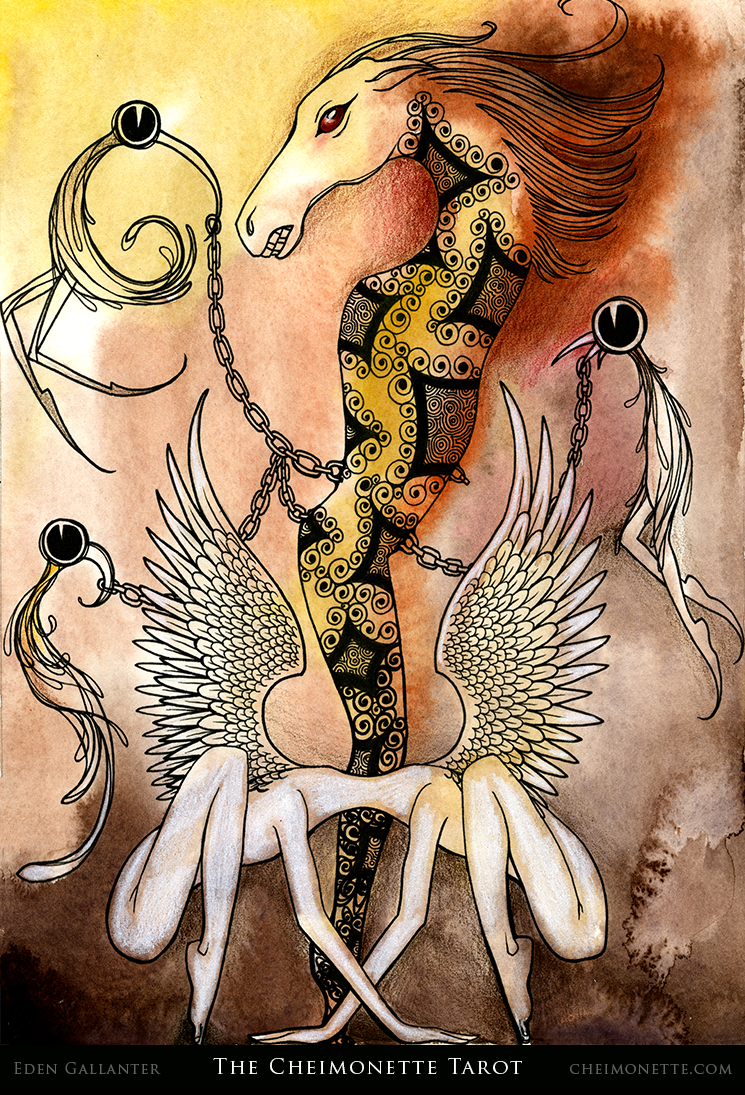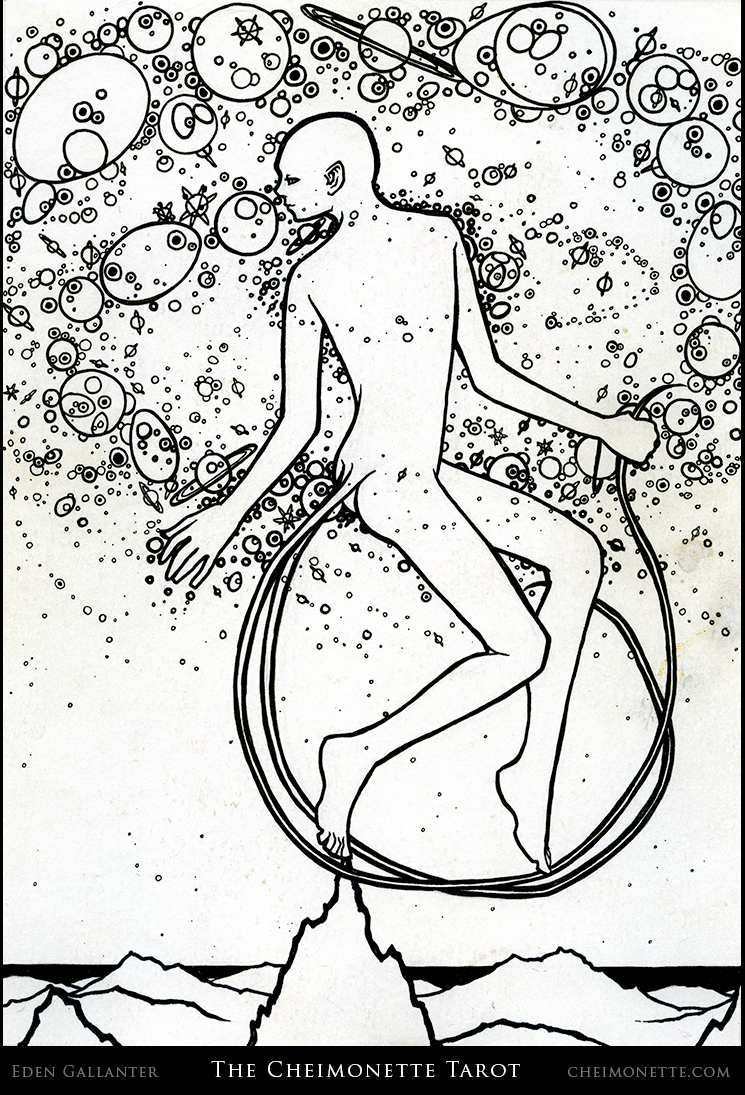For my upcoming Kickstarter, I have been collaborating with several musicians. Meredith Yayanos (who completed an exciting Kickstarter of her own, "The Parlour Trick") is one of these, which is in many ways a dream come true; she has been a small hero of mine for years now.

I don't call Mer "Small Hero" because she is short (though she is every inch as short as it becomes a tree elf beauty, dressed magnificently like a silk road-era fabric shop bazaar, to be), but because she is a hero of mine who happens to be on a human scale. Many of my other heroes, William Blake, Malcolm X, Tilda Swinton, David Lynch, Sissy Hankshaw, Alice Walker, Isabelle Eberhardt, and Sonmi-451 (from the book, not the movie), to name a new, are either fictional, dead, or so famous that I can't imagine how we would ever get to know one another. My Small Heroes are friends, or friends or friends, who make beautiful art, or change the world, and who are knowable to me.
It's a wonderful thing to have Small Heroes (not everybody does), and it's even more wonderful when we can make art together. Mer is a co-founder of the beautiful Coilhouse project, lives in New Zealand with her beautiful partner and plays exquisite music on the theremin (an extremely metaphorical instrument). She is also friends with some of the most wonderfully creative people in the world, has worked with some big-time heroes, and has performed her music on stage to breathless audiences.
When I went to the postapocalyptic wastelands of San Bernadino in 2011 to help run the interactive metal sculpture Syzygryd at Beyond Wonderland, Mer did me the favor of finding me beautiful as I was sitting in a pappazan chair on the set, gnawing my fingernails in an uproar of bashful awkwardness and slowly acquiring a sparkling patina of rain drizzle and fly ash. I showed her my tarot cards a few months later, and two years later (that is to say, last week), she sent me a piece of her music that she made just especially for me.
Mer's idea was that I'd give her a tarot reading with my own cards, and then she'd write some music about it. The reading I gave her touched on Vladimir Nabakov's odd, inspiring, real-and-unreal, lovable-and-unlovable character Ada Veen, and a few weeks later, Mer wrote some music and titled it "Radiant Void," from the passage:
"You are breaking her heart," said Ada.
“Ada girl, adored girl," cried Van, "I'm a radiant void. I'm convalescing after a long and dreadful illness. You cried over my unseemly scar, but now life is going to be nothing but love and laughter, and corn in cans. I cannot brood over broken hearts, mine is too recently mended.”

I have always been a synaesthetic. When I hear sounds, I have visions beginning with simple colors, which usually expand into detailed apparitions of fantastic spaces and dream-like scenes, like the one I have described below. I have listened to Mer's "Radiant Void" many times now, as I have always listened to my favorite music, reliving its vision again and again, and sometimes seeing new details I had not noticed before, until the song becomes its own little world. Now, at last (alas) for the synaesthesia part; here's what I saw when I heard her music, 28% radiance, 72% void, and 10% kind-of-maybe weeping with surprise and happiness into my keyboard:
There is a sense of vast space, derived from the sounds of an impossibly huge waterfall echoing across the black, moonless, unseen landscape of a huge canyon or 4-dimensional space-time enclosure. This dark universe (and the sense one gets is that there is nothing to see yet, that the singularity has not yet popped, not yet projected light and energy and identity into the willing nothingness), begins to tremble with a faintly cacophonous jumble of distant oceans and volcanic eruptions, thermonuclear explosions and silent supernovae and stone-metal mountains shaken out of the new earth.
The sound, of course, of the beginning of the world.
Visible things (rather than the many things one has already begun to perceive in the dark, as a sleepwalker perceives her path between the bedpost and yesterday's boots and the gaping doorframe) begin to show themselves. They are all thin, filagreed and golden (in fact, they are dragons, but we will talk more about dragons later, when we talk about the suit of Sticks in my tarot deck). In the beginning there are only the outlines of ghosts and of the reflected glints of light upon the face of the deep. But afterwards, out of the darkness, comes the dull metallic sheen of a large ship (both space-ship and sea-ship), and then, suddenly, I can see inside. I see glass-enclosed, golden-lit interiors with great views into the engulfing sea-sky, which has suddenly become alive with tiny stars and planets, which are really phosphorescent algae and the luminescent skeletons of diatoms and tiny fish, which are all upon closer examination only the tiny points of light emitted from distant galaxies. I can see further, into empty corridors covered by leaded class archways, leading into impossibly vast gardens and orchards, the fruit heavy and ripe, songbirds and insects blending their songs with the whirring internal machinations of the ship. There are signs among the trees. They are impossible to read, but I know that they are pieces of words and phrases, and I find messages of loss and hope and generosity, tremulously hand-painted on rough wooden chunks of driftwood and sea glass and salvage.
I pass by palace-like libraries, and museums of biological specimens displayed in amber-colored glass. I pass vaults of monstrous machinery, with clicking cicadas seemingly standing guard over the slow movements of the gears and pneumatic systems, and over the tiny sun suspended in a chamber at the center, throwing off light and radiation. a descending staircase of interlocking glass surfaces leads me to the base of the ship, where there is a stone-and-glass room shaped like a boomerang. The sharp external surfaces of the stone trail their edges in a knifelike silhouette across the light of passing galaxies. Inside, the room is smooth, and black sand, running along the mortared seams of the stone and glass, shivers in regular pulses, keeping the heartbeat of the ship's mechanical systems.
At this point, as I watch the shuddering black sand, the world around me begins to shake violently, as the sounds of glass (and dragon calls, just wait) and insect hum and birdsong fall off into silence, and nothing is left but the hushing sound of the vast space-ocean of the outer darkness, while one by one the fish-stars sputter and die. In the darkness, which smells of cold stone and damp earth, in the dimming gold of the failing lights shining through dark water, is the faint outline of, for the first time, another person, dancing like a flickering shadow in the blackness. The shadow turns to face me, and where its face belongs is the thin golden crescent of a new moon or a solar eclipse, and then the world winks out like an extinguished flame.
The "Radiant Void" EP by Meredith Yayanos will be available exclusively throughmy upcoming Kickstarter campaign for the Cheimonette Tarot.
This post is part of a series about my deck, the Cheimonette Tarot.







